|
Airing out her wings on a termite mound overlooking the vast grasslands of the Maasai Mara, this vulture repeats a process her distant ancestors practiced in this same spot. As we watched this afternoon, she walked and bounced back and forth across the mound surveying the plains while she aired out her wings. Modern paleontologists have firmly established a direct link between modern birds and ancient dinosaurs. They are part of the family. Some can draw a direct link to flying dinosaurs of the Cretaceous Period that ended some 65.5 million years ago. Others follow from dinosaurs who took flight only after the end of the Cretaceous Period. If you finished school more than ten years ago, forget what you learned about dinosaurs. Modern scientists using tools undreamed of decades ago are unlocking secrets about dinosaurs at a rapid rate. The unique breathing system of birds that enables them to extract oxygen as they inhale and exhale was developed by their dinosaur ancestors. How did grazing dinosaurs reach sizes unheard of today? You guessed it. Part of what enabled such grand sizes was the dinosaur's more efficient breathing system still used today by birds. But birds do not look like dinosaurs. Think again. Many dinosaurs, scholars now know, sported feathers of one sort or another. Even the giant T-Rex with teeth the size of railroad spikes had primitive feathers. And if you think there are no worthy avian heirs to the ferocity of T-Rex think again. The common ostrich, shown above, has leg muscles and claws powerful enough to dispatch a lion. But all dinosaurs were not T-Rex. For hundreds of millions of years, dinosaurs ruled the planet not by being fierce but by being adaptive and filling every available niche in the environment. Which is why Kenya is the perfect place to connect with our modern dinosaurs. In Kenya, birds fill nearly every available niche including more than 1,100 different species. That is more species of bird in one country than in all of North America. If you want to see dinosaurs, then this is the place to be. Everything from vultures to ostrich to spoonbill are here. So too are lilac breasted rollers, kori bustards, kingfishers, pelicans, secretary birds, eagles, hawks, Egyptian geese, and many more. Here are just a few who crossed our path on Safari. Some will look familiar. Others will not. _ _ _ _ _
All photos and text are copyright Clinton Richardson. The images are from the author's Safari Collection at Trekpic.com. If you like these posts, please tell your friends about the Venture Moola blog at Readjanus.com. Want to plan your own safari? If so, feel free to check out the outfitter we used at Porini.com. And, feel free to share this blog. The more readers the better. Click here if you would like to get a weekly email that notifies you when we release new entries. Or, click in the side column to follow us on Facebook or Twitter. As the sun sets on the African plain, safari protocol calls for a sundowner where drinks and snacks are served on picnic tables set up next to the vehicle. On a couple of occasions on our trip, this tradition was interrupted by more interesting activities. Once we followed four male lions as they headed to a nearby watering hole (Safari 7: Pooh on You). Another time a pride of lions appeared on a nearby hill (Safari 12: Sundowner Surprise) causing us to get in the vehicle and head over to watch. But usually we stuck with tradition, loading up the vehicle and heading back to camp as total darkness approached. Typically, its a straight trip back as the dark overtakes us but, even then, something interesting could happen, as when we stumbled on a leopard hunting nearby the road in the bushy terrain near Rhino Camp (Safari 13: Stalag Panzee). Once back in camp there is usually time for a quick shower before a late dinner. In some camps, guests would gather around a fire pit before dinner to relax and exchange stories. The fire pit below was in the woods at Nairobi National Park Camp. At Rhino Camp, a waterhole sits 50 yards away across a small stream with a deep embankment. One evening there, we heard sounds coming from the waterhole and were greeted with this view when one of our Maasai hosts brought out a search light. Their quick unveiling by the light and relatively close proximity gave new meaning to the concept of an intimate safari experience. There was no sense of imminent danger. Only one of awe. I was not a big fan of our two night drives. Yes, I was interested in seeing what was out an about at night. But the bright intrusive lights needed to view the animals and the sense I had that we were somewhere we should not be left me with an odd feeling. Nonetheless, the few images I took during these drives do help to illustrate how active the animals were while we were sleeping. And, how active they were while we were being escorted to our tents after dinner. I was never particularly concerned about safety during the trip except, perhaps, for a moment during one escorted tent walk at Lion Camp. The setting there placed the tents in a line facing out onto an open plain of tall grasses. The night before had been particularly noisy with what sounded like two prides of lions exchanging roars and barks late into the night. First, you would hear them off to the left. And then, a few minutes later, the roars would come from the right. That same night we were woken by the sound of heavy breathing and chomping behind the tent, likely a hippo from the stream behind the camp. As related earlier (Safari 3: Tented Camps and Conservancies), the nights were full of sound. Everything from the indescribable wails of hyena to the snorts of cape buffalo and hippo to the barks and roars of lions reminded you each night where you were. But the back and forth of the lion prides was something special to hear. It also emphasized just how open our camp was and why you are always escorted at night by a Maasia warrior carrying a flashlight and a long pole. On this one night that security and safety entered my mind, we were being escorted along a pathway to our room and talking about just how open the area was and just how long the grasses were. Certainly tall enough to hide a lion. And then we noticed. Our escort was scanning the grasses with his flashlight between shining it ahead on our path. A reasonable thing to do, for sure, but not particularly comforting when all he carried was a long pole. We had headed back to the tent later that night than usual, having stayed in the dining tent after dinner to socialize and then, with a break in the cloud cover that did not last long enough, to try and photograph the night sky. The equatorial sky shows more of the Milky Way than the Northern Hemisphere and even though we were near full moon it was worth trying to take a picture. Those of you who have followed this blog for sometime will know that night photography is hobby, particularly photographing the night sky from remote locations (See It's Not That Far From Here 4/26/2018, The Color of Black and White 4/19/2018 and More About Dark Skies 8/29/2016). Our attempt that night failed. The clouds rolled in before we could take the shot. Still, it makes for a nice representation of night in the Lion Camp. What you see in addition to a cloudy sky with a few clear patches revealing a bit of the heavens, is a small gathering tent and some of the fence that surrounds the staff and kitchen areas. The dining tent is off picture to the left. - - - - -
All photos and text are copyright Clinton Richardson. The images are from the author's Safari Collection at Trekpic.com. If you like these posts, please tell your friends about the Venture Moola blog at Readjanus.com. Want to plan your own safari? If so, feel free to check out the outfitter we used at Porini.com. And, feel free to share this blog. The more readers the better. Click here if you would like to get a weekly email that notifies you when we release new entries. Or, click in the side column to follow us on Facebook or Twitter. Sometimes these entries come easily, like when we follow a large pride of lions hunting a herd of zebra (Safari 1: The Hunt) or a smaller group of lions being rebuffed by an elephant matriarch (Safari 7: Pooh on You). The action drives you through a narrative and the accompanying images. But other times it is a challenge. The vastness and complexity of your surroundings overwhelms your ability to communicate through words and pictures. The vitality and diversity of what you experience is so far removed from your day-to-day reality that it is difficult to describe. In a way, it feels like being immersed in a great symphony and then trying to use words to describe its beauty and grandeur. For a safari, a passing moment will sometimes capture a bit some of the magic of the surroundings. Here, our passing vehicle caused a waterbuck to move across the Amboseli plain in front of a family of elephants. In one image we capture the vast plains, deep grass following a good raining season, the movement of the waterbuck and the nearby elephants making their way across the savanna. Other times a herd of animals captures your eye and a detail in the herd tells you something special is happening. Here it is a herd of topi with something amiss. On this morning, we were headed to see a male lion with a kill that had been spotted by another guide. As we passed this small herd, I noticed two of the topi were acting differently. Can you see them in the image above? Look near the middle and to the right. Two males are interacting with each other aggressively. One is jumping. The other is head down facing off his rival. It was a challenge for dominance. When I pointed this out, our driver stopped the vehicle and we watched. The two males chased and confronted one another repeatedly. The females paid little attention. They had seen it all before. But, for us, it was new, so we lingered even though there was a waiting lion nearby. The contest alternated between chases and square-offs like this one for quite some time until one of the males backed off. We then moved on. Within minutes we watching this gorged male and its kill. We caught up with the old fellow in a clump of bushes just as he was finishing his meal. After casually noting our presence, he picked up the remains of his prey and walked into the bush to store it in a less visible location. The he settled down and dozed off. His belly was full (as you can see below) and he was totally unconcerned about us. We headed back to camp. We had witnessed a small movement from the safari symphony on this drive. And while it was always fun to see a lion, the dance of the blue-jeaned topi reminded me of the many non-predators we had witnessed on our drives. If the big cats and their antics were the melody to the symphony then these non-predators were the background music that gave the symphony color and complexity. This bit of the background is an interlude that suggests wariness. The two zebra are not cuddling. The are watching the horizon cooperatively, each taking half and protecting the heard. These ungulates and the open plain are the movements that express the vastness of what you are experiencing. Dancing vultures bouncing across an old termite mound as they air out their wings provide a light interlude. While the gazelles and their young bring an alert sense of calm and order to the day. _ _ _ _ _
All photos and text are copyright Clinton Richardson. The images are from the author's Safari Collection at Trekpic.com. If you like these posts, please tell your friends about the Venture Moola blog at Readjanus.com. Want to plan your own safari? If so, feel free to check out the outfitter we used at Porini.com. And, feel free to share this blog. The more readers the better. Click here if you would like to get a weekly email that notifies you when we release new entries. Or, click in the side column to follow us on Facebook or Twitter. In Kenya, the cats all have names. It is a sign of respect and perhaps a reflection of their relative rarity when compared to other species. Elephants have names as well. They too are highly respected. This cheetah is Amani, a mother to three cubs we became acquainted with while visiting the Lion Camp. Here we see her in the late afternoon of our second day at camp. Her cubs are out of sight in this picture but near. She is scanning the grasslands of the Maasai Mara plain. We were in our vehicle when our driver saw three young cheetah playing in the grass on a hill. Mom was nowhere near but soon spotted down a hill and across a stream near a couple of safari vehicles. We made our way towards mom and waited. Just after we arrived, mom turned toward her cubs who were at least 100 yards away and across a small stream. She then chirped a few times, not loudly but distinctly, and her cubs came running, jumping the stream and joining their mom. The reunion was joyful but brief. Soon, the four started making their way onto the plain ever watchful for a potential kill. As they prowled, Amani would stop and mount a high object to get a better view. Sometimes it was a dead tree. Other times it was an abandoned termite mound. Sometimes one or more of the cubs would join her and mimic her actions. Four eyes are better than two. Other times, the playful cubs would commandeer the high ground, leaving Amani to search from ground level. By this time, Amani and her brood had attracted a few safari vehicles, ours included, who moved with her as she moved. She did not seem concerned. After more than a half hour of following her movements, Amani settled down on a large termite hill to rest while keeping any eye on the plain. We moved our vehicle to a spot with a clear view of the activities. Her cubs joined her and kept watch for awhile. Our driver had done a great job positioning the vehicle to give us such a great view. Notice the mantles on the cubs backs. This extra fur stays with the cubs for a year. Speculation is that the mantle makes them harder to see in the grass. Then the play began. As young cubs, they had been playing much of the time while Amani scoured the plains for something to chase. But they would quickly break off their play when mom moved. Now that mom had settled in, however, the play broke out in full. Eventually, Amani moved again and we broke off to head back to the camp. We did not see her chase or kill that day but no one felt cheated. Watching Amani move and interact with her cubs was exciting enough. More about the cubs in a later posting. _ _ _ _ _
All photos and text are copyright Clinton Richardson. The images are from the author's Safari Collection at Trekpic.com. If you like these posts, please tell your friends about the Venture Moola blog at Readjanus.com. Want to plan your own safari? If so, feel free to check out the outfitter we used at Porini.com. And, feel free to share this blog. The more readers the better. Click here if you would like to get a weekly email that notifies you when we release new entries. Or, click in the side column to follow us on Facebook or Twitter. |
the blog
Travel, history, and business with original photos.
your hostClinton Richardson - author, photographer, business advisor, traveler. Categories
All
Archives
July 2023
Follow us on Facebook
|
Check out Ancient Selfies a 2017 International Book Awards Finalist in History and 2018 eLit Awards Gold Medal Winner and
Passports in his Underpants - A Planet Friendly Photo Safari a 2020 Readers' Favorite Winner in Nonfiction
Site Copyright 2024 by Clinton Richardson





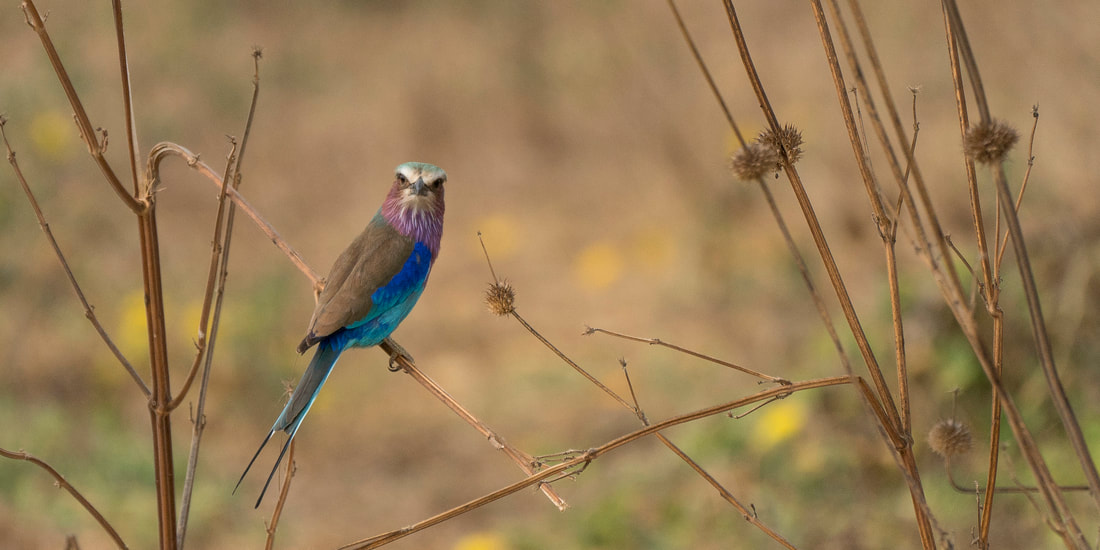




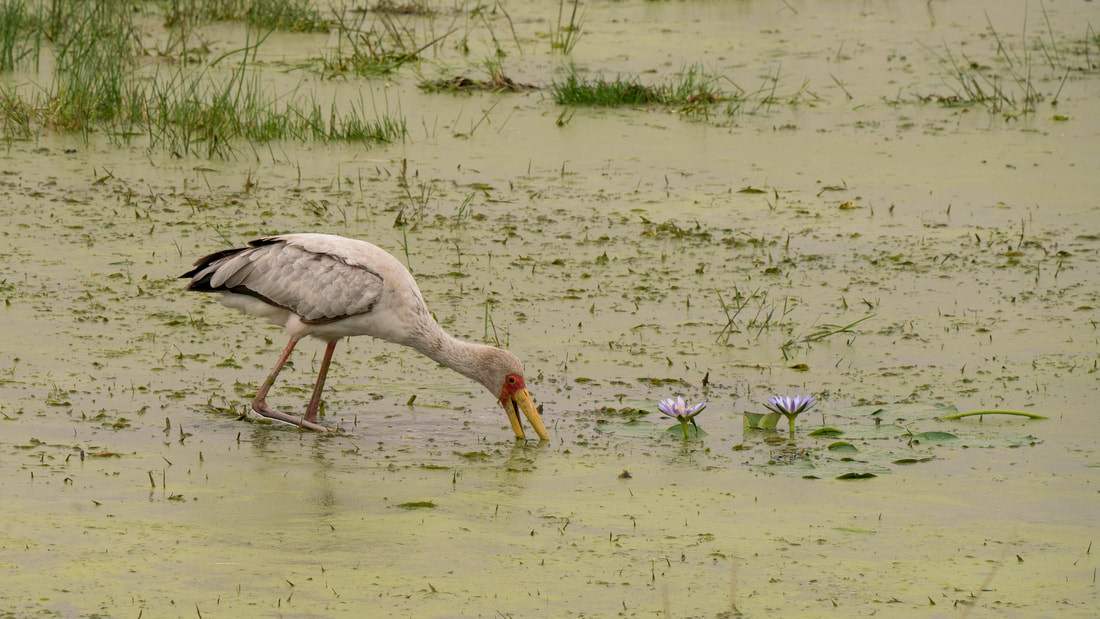




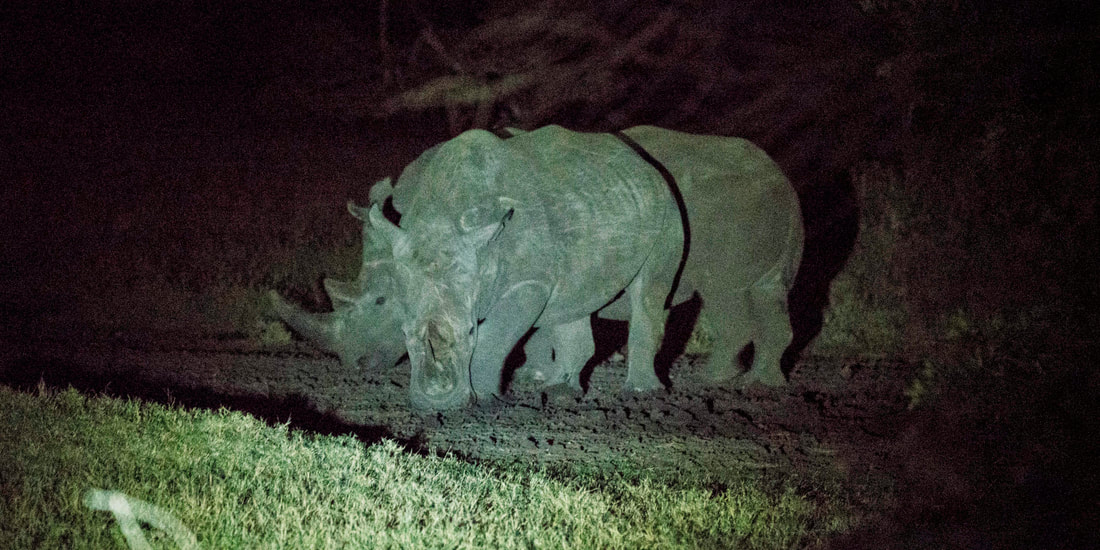


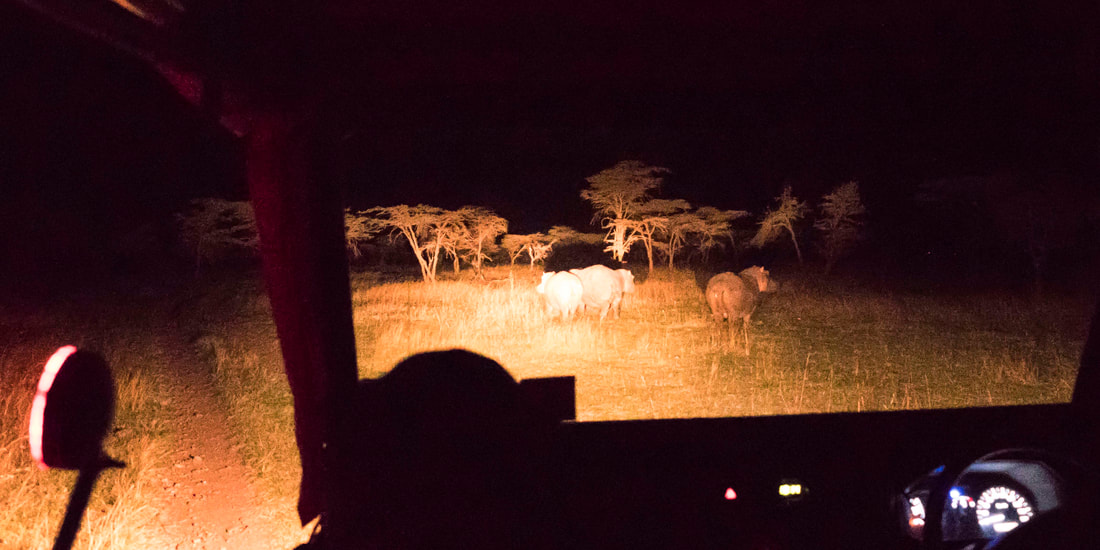


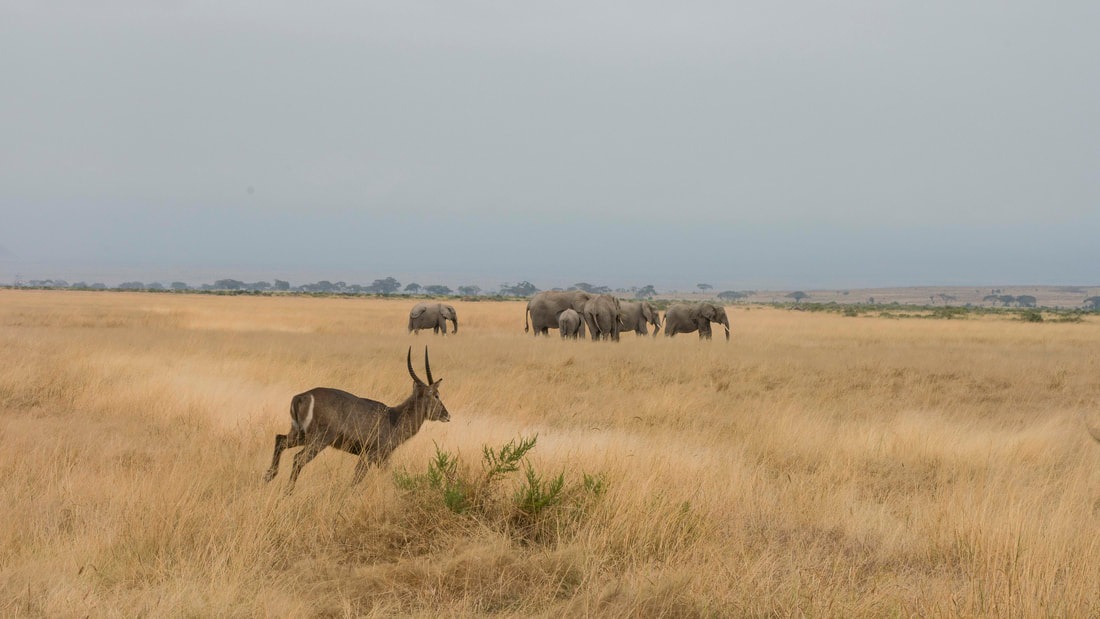




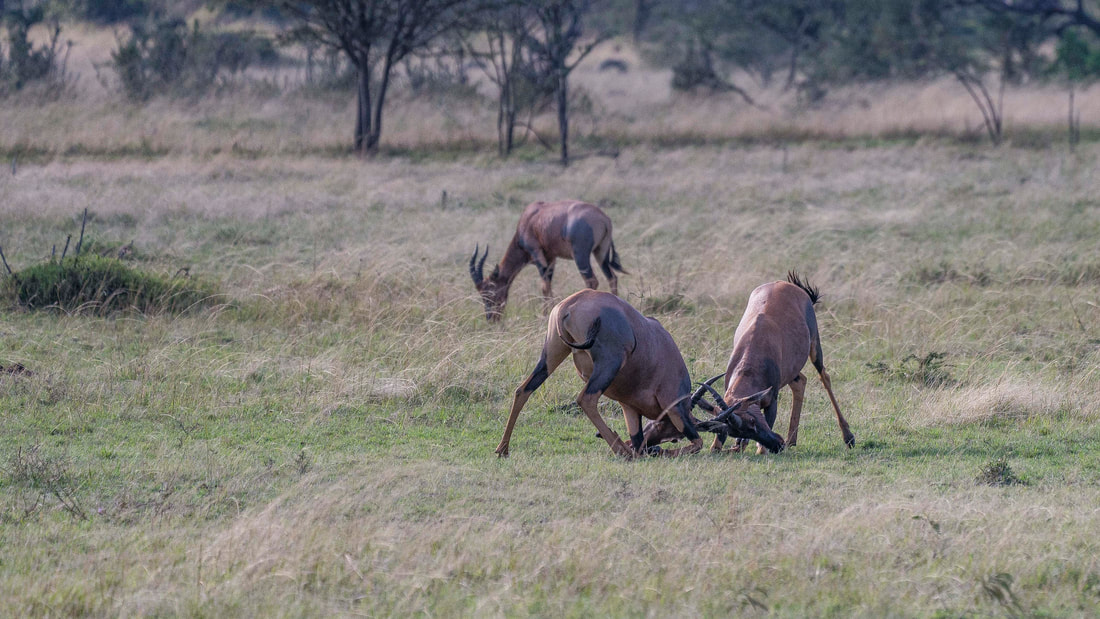




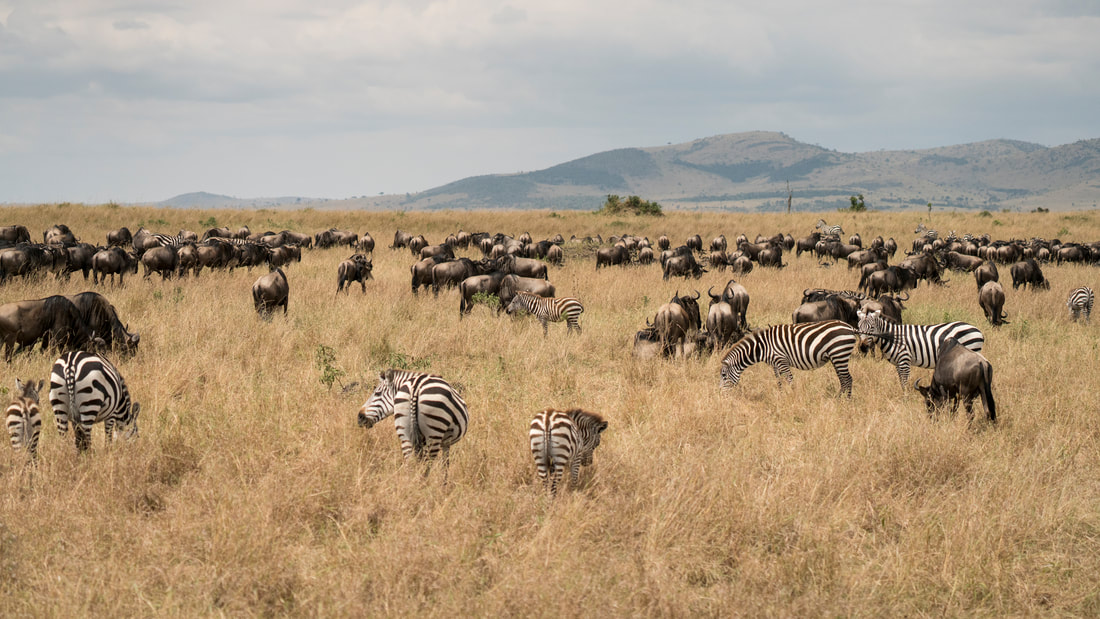


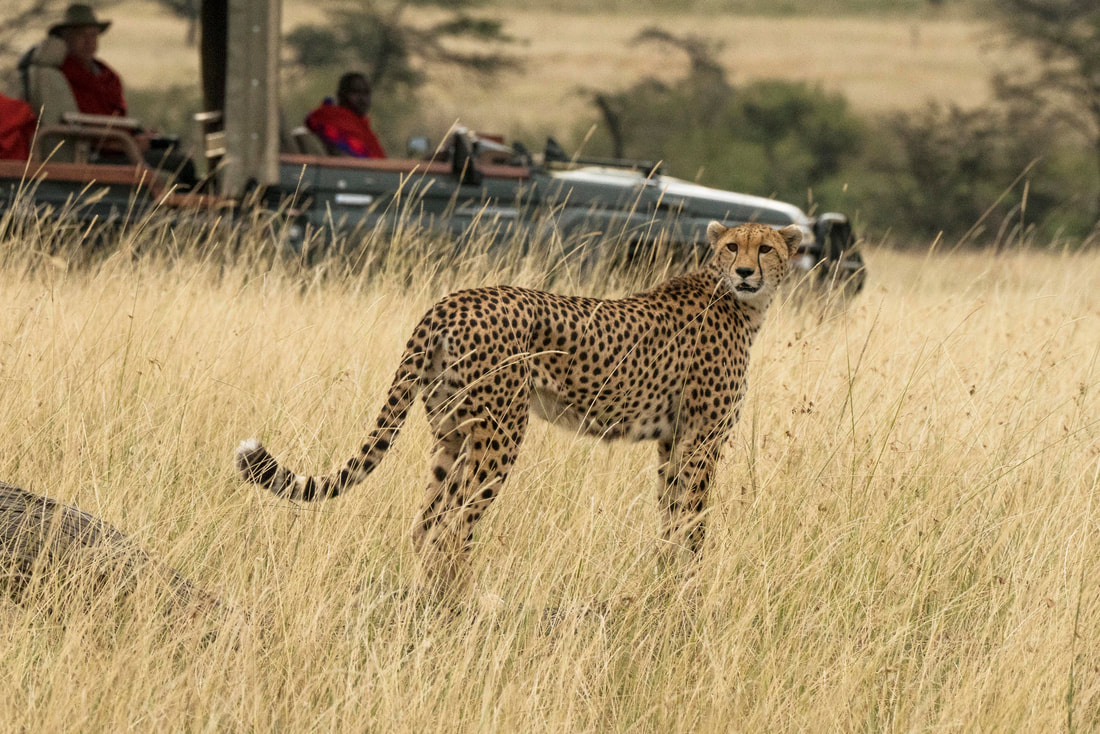
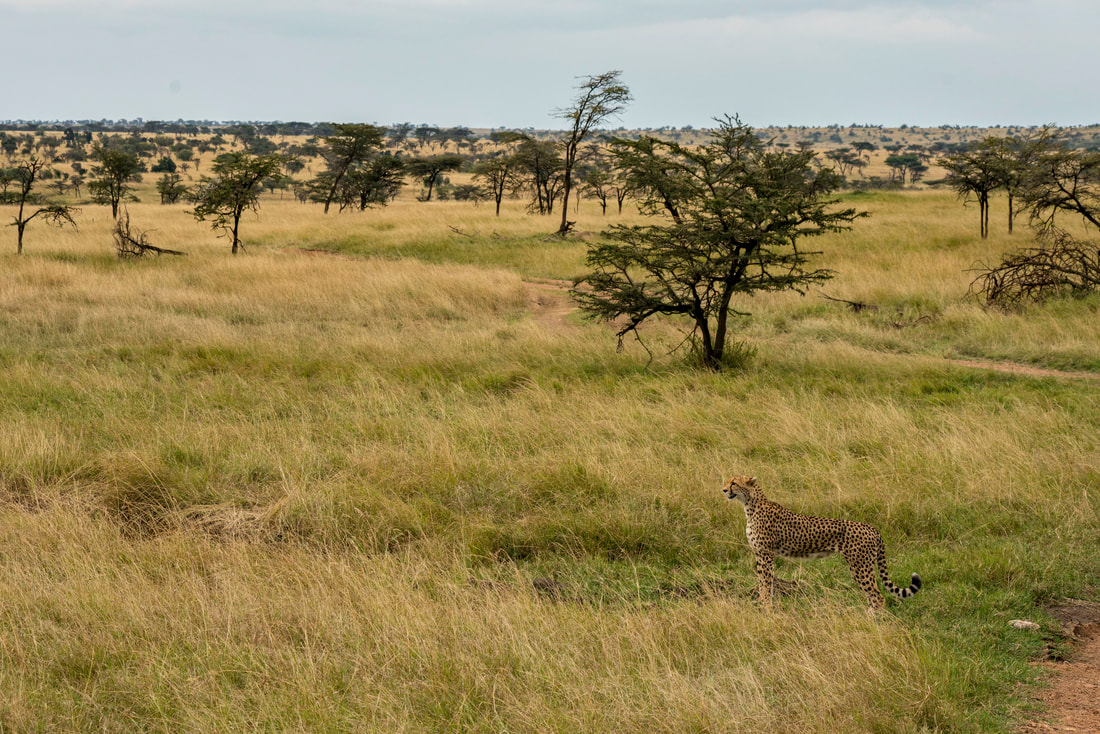


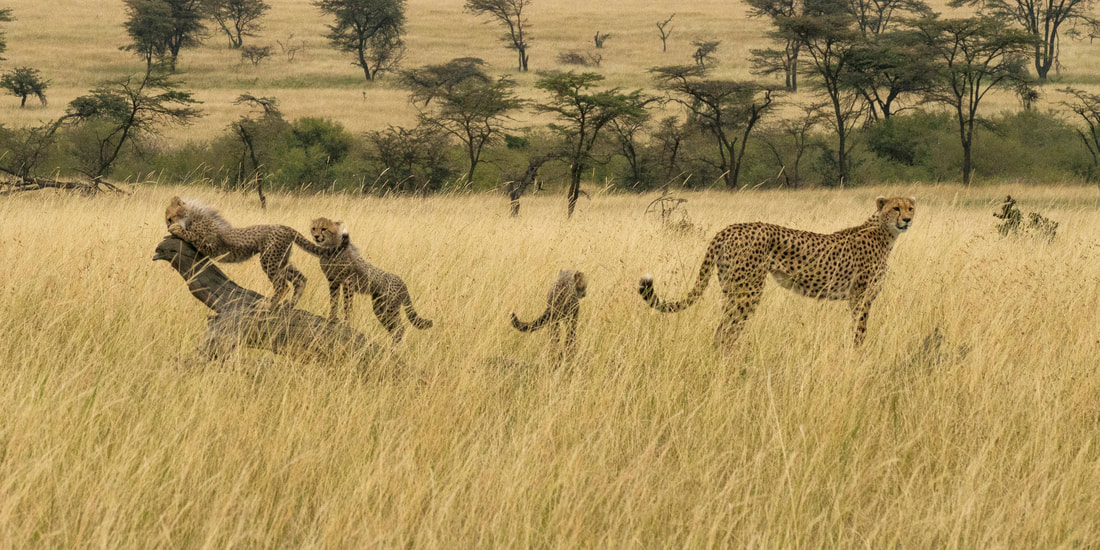
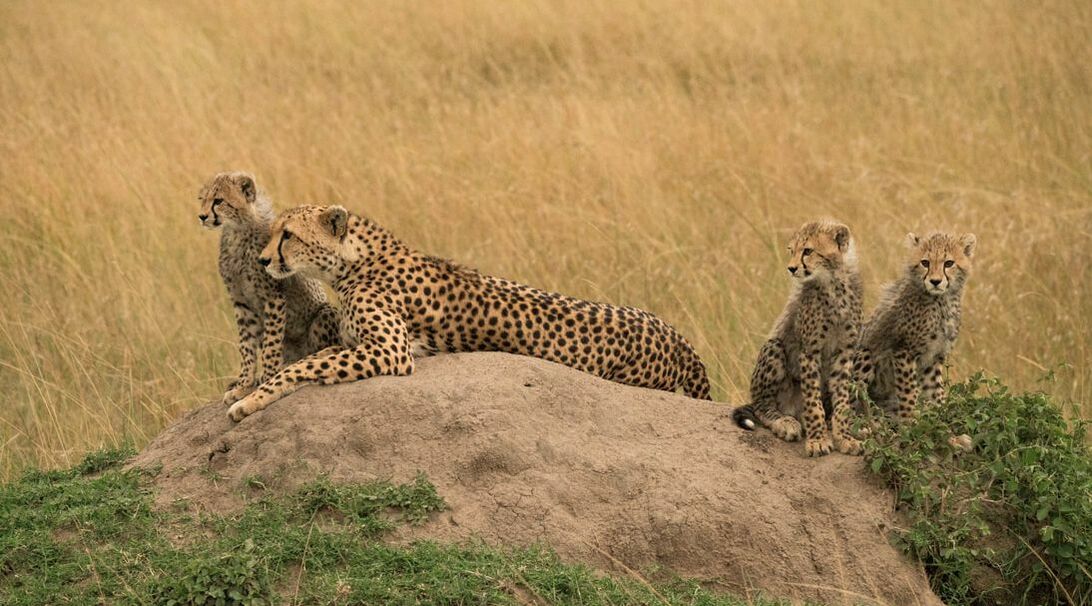
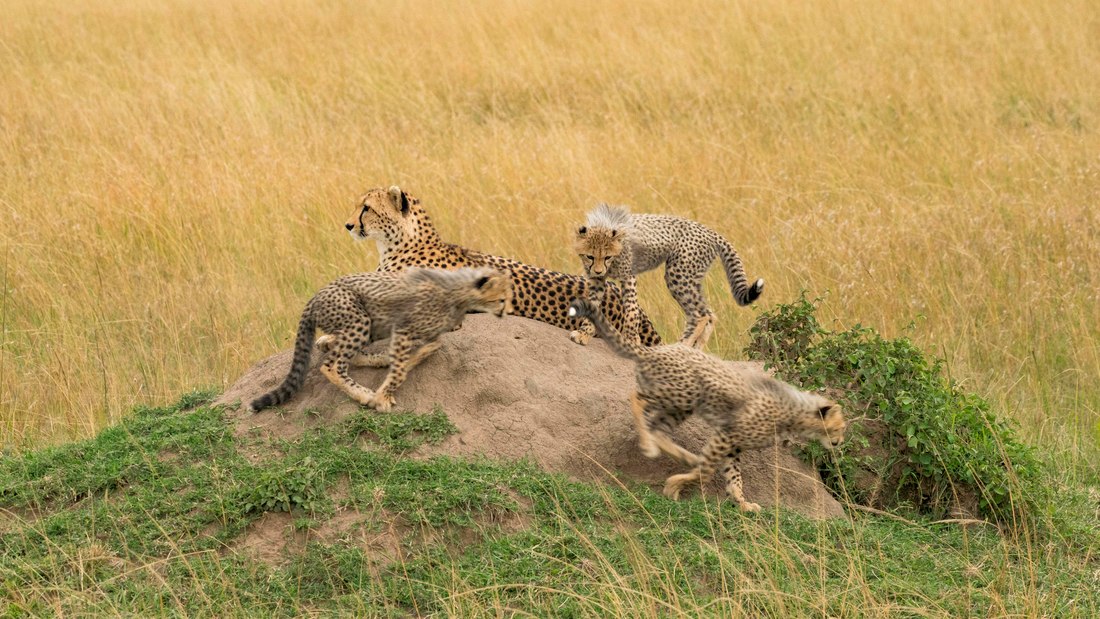

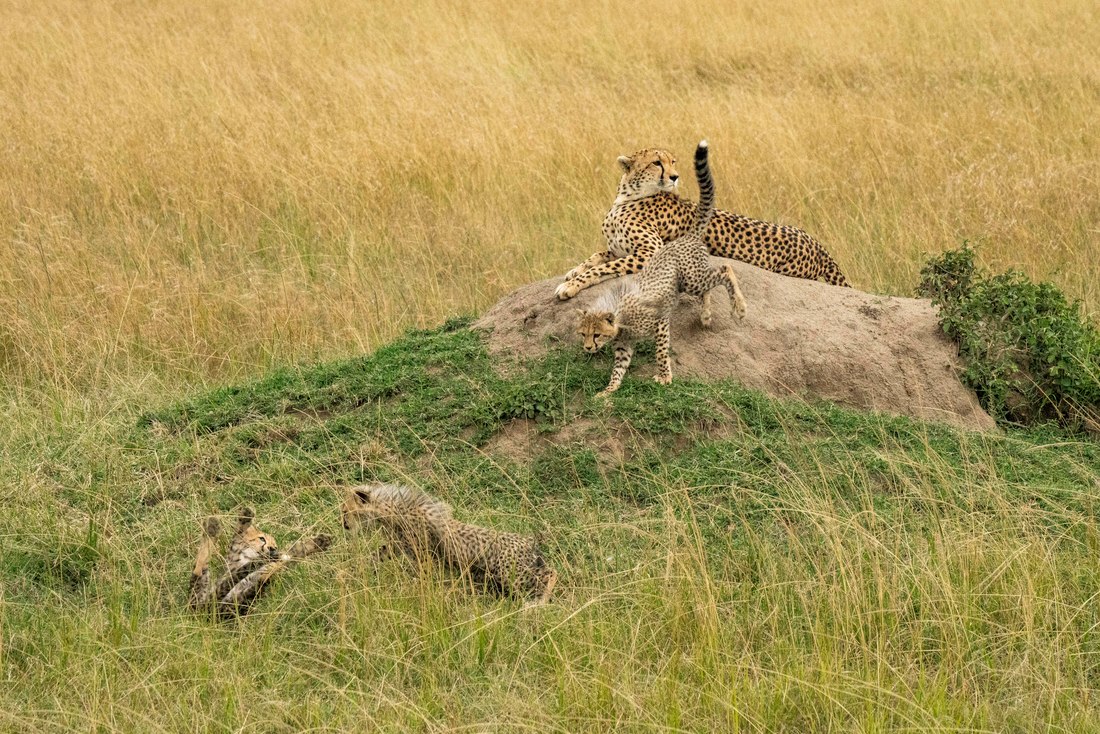
 RSS Feed
RSS Feed